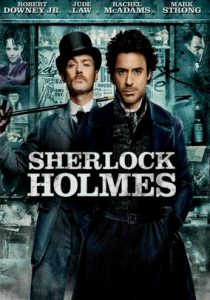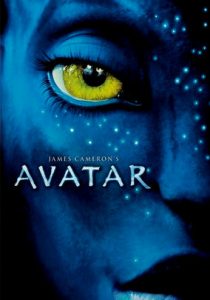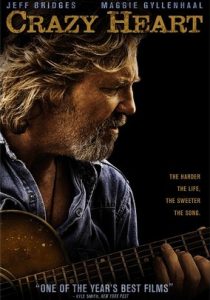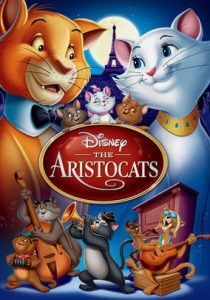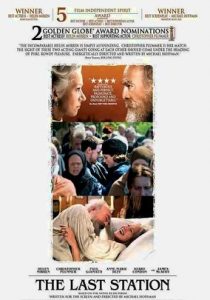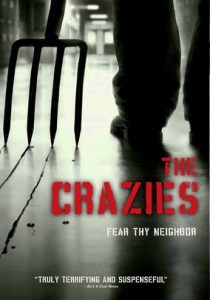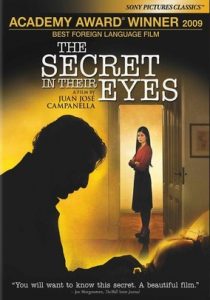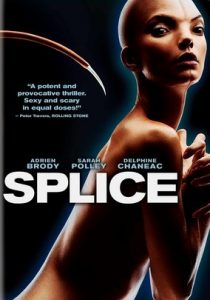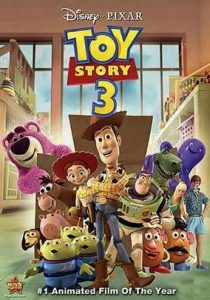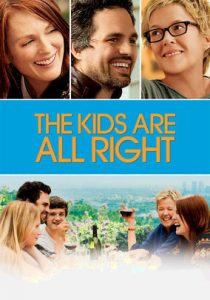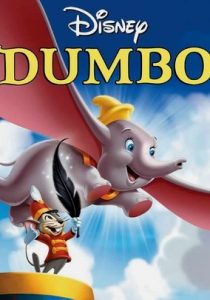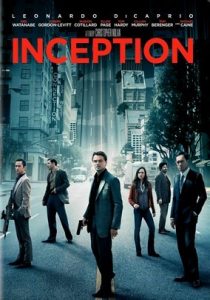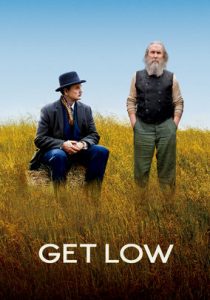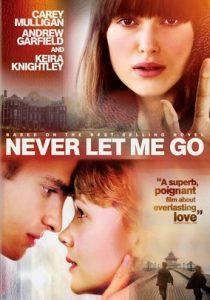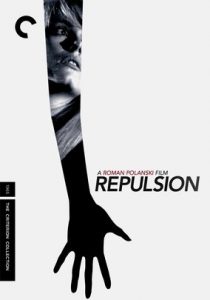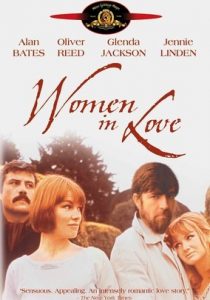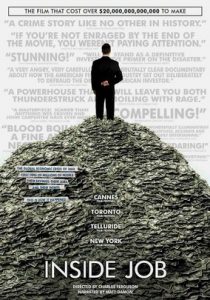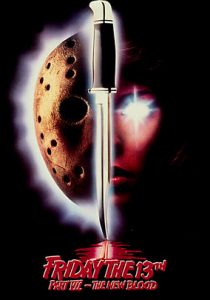Scrooge-1970
Director Ronald Neame
Starring Albert Finney, Alec Guinness
Scott’s Review #561
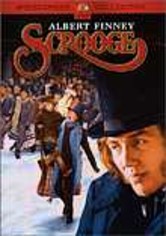
Reviewed December 25, 2016
Grade: A
A classic that is perfect to watch around the holidays, accompanied perhaps by a roaring fire and a bit of brandy, Scrooge (1970) is a magical, musical experience, that should be adored by the entire family.
The film is a re-telling of the 1843 Charles Dickens story, A Christmas Carol.
Set in London with spectacular London-style art direction, it is perfect in its depiction of life around the holidays in the historic city, circa the nineteenth century.
To be clear, this is the musical version of the popular tale- not to be confused with the 1935 or the 1951 versions of the story.
The film is not as dark or scary as those films are. Rather, the 1970 Scrooge would be a fantastic companion piece to the 1968 classic, Oliver!, both based on Dickens stories, as both mix fantastic musical scores with dramatic elements.
Albert Finney takes center stage in flawless form as the old, cantankerous, miser, Ebenezer Scrooge. He plays the character as both an old man and, via flashbacks, as a young man (Finney was merely thirty-four years old at the time of filming).
Guinness, certainly a high-caliber actor, is effective as the ghost of Jacob Marley- Scrooge’s former business partner. Scrooge is a money-lender, mainly to the working class, and is unforgiving in his collection of debts.
Filled with hatred for all things good, especially the Christmas holiday, Scrooge refuses to attend a family Christmas dinner hosted by his nephew, Fred, or to give to any charities. He begrudgingly gives his minion and bookkeeper, Bob Cratchit, Christmas day off.
Finally left alone on Christmas Eve night, Scrooge is visited by the spirit of Jacob Marley, who tells Scrooge that he will be visited by three ghosts during the night.
In a chilling scene, Marley takes Scrooge on a journey through the sky where he is greeted by spirits doomed to traverse the Earth as Jacob is, with shackles acquired from their life as living beings.
Since they are greedy and wicked, they are doomed in the afterlife, just as Scrooge will be if he does not change his ways.
In a wonderful sub-plot, we get to know the Cratchits, led by father Bob, a poor, but earnest man. The family has little, but make the most of what they do have, and appreciate the glorious holiday. They prepare a meager Christmas bird and savor being together as a family.
Their youngest, Tiny Tim, is lame, and he lusts over a lavish train set in the local toy shop. Cratchit epitomizes goodness and richness of character and contrasts Ebenezer Scrooge.
As Scrooge is visited by the ghosts of Christmas past, present, and Christmas yet to come, he slowly realizes he needs to change his ways before it is too late, and the audience is treated to stories of Scrooge’s youth, as we realize what has made him the miserly old man that he is today.
The clear highlight of this film is its musical numbers that will leave even the most tone-deaf humming along in glee. Throughout each sequence, we are treated to various numbers.
My favorite is “Thank You Very Much”, as first appears during the Ghost of Christmas Yet To Come sequence.
By this time feeling more sympathetic and appreciative, Scrooge merrily dances and sings along with the townspeople, unaware of the fact that they are celebrating his death and are dancing on his coffin to celebrate the fact that their debts are now free and clear.
This catchy tune is a reprise at the end of the film.
Other cheery numbers are “Father Christmas” and “I Like Life”, which perfectly categorize the film as a merry, holiday one, despite the occasional dark nature of the overall film. This is necessary to avoid making Scrooge too bleak.
I also adore the vivid set designs as the gorgeous city of London is perfectly recreated to show the festive Christmas holiday. The film is not high budget but makes the most of it by using small, yet lavish sets.
Scrooge is a perfect holiday film that contains fantastic tunes, and a meaningful story, that comes across on film as a celebratory of life, never edging toward contrived or over-saturated.
A wonderful holiday feast.
Oscar Nominations: Best Original Song Score, Best Song Original for the Picture-“Thank You Very Much”, Best Costume Design, Best Art Direction
